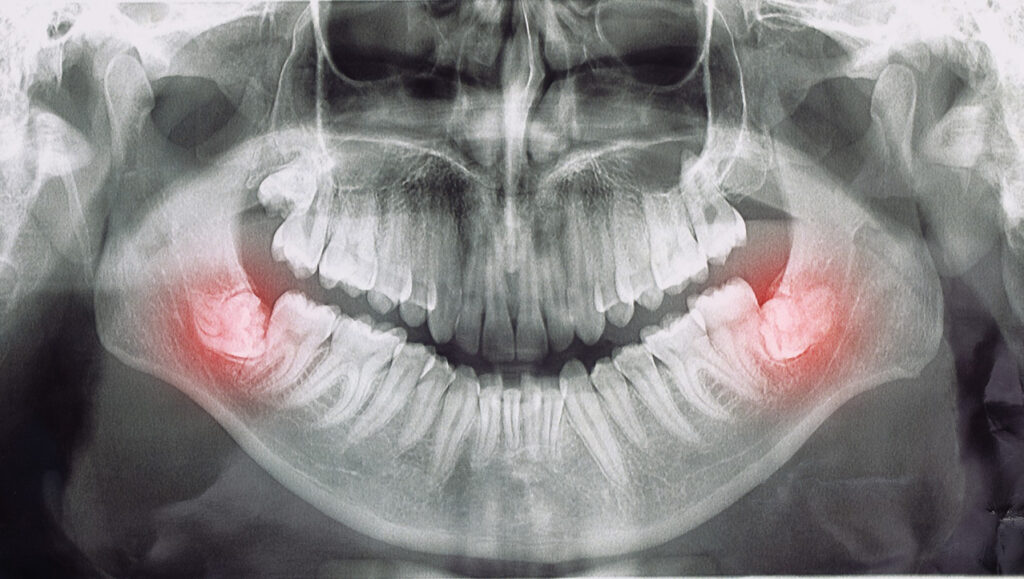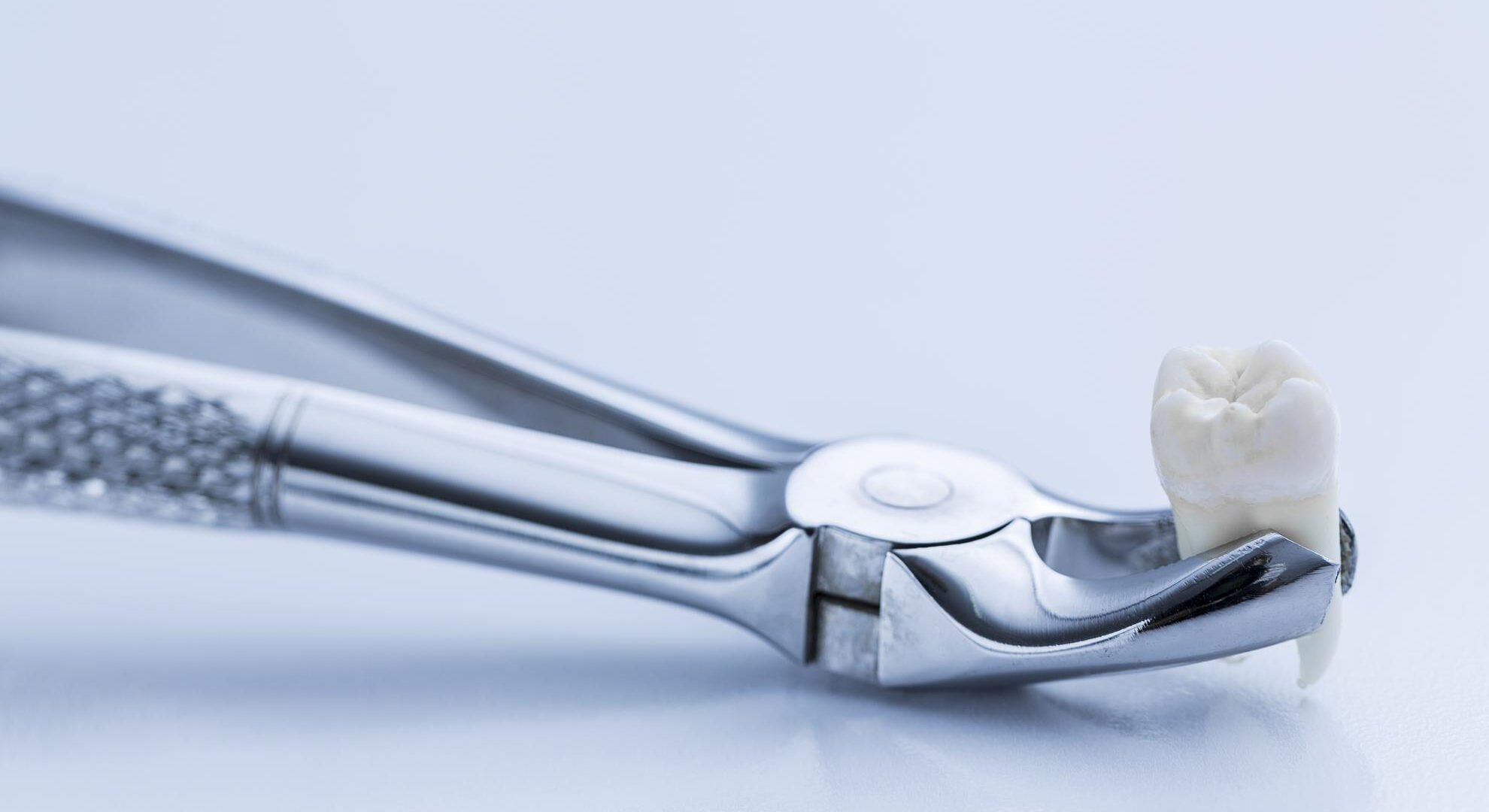What are Third Molars?
The third molar tooth is referred to as a wisdom tooth it is the third set of molars that erupts in adults around 17 to 25 years of age.
What Are Impacted Third Molars?
When teeth size is larger than the jaw size, the dental arch does not have enough space for the third molars, resulting in impacted third molars.
The reason is that most of us have room for around twenty-eight teeth, which is how many you have before your third molars erupt.
Third molars often do not align properly or do not come through the gum line, and cause impacted third molars to become trapped between the gum tissue and the jawbone. These are also considered to be the vestigial part of the oral cavity.
Symptoms of Affected Third Molars
First of all, you should know that not everyone has wisdom teeth. And not everyone has four of them. If you have a regular dental examinations, your dentist will know if you have wisdom teeth or not. They are the last teeth to form and usually start around 9 years of age.
The symptoms (which can also be signs of other oral health problems) are:
- Sensitivity, redness, or swelling of the gums around the affected tooth, either before or after it erupts on the surface.
- A gap where the tooth did not come out (presence of the tooth confirmed by x-ray)
- Bad breath
- Bad taste when biting the area
- Chronic headache or jaw pain
- Swollen lymph nodes in the neck
- Swelling and Infection
- Impacted Molar Pain
Third Molar X-Rays Reveal Types of Impaction
Your dentist will take x-rays before molar tooth extraction to identify the location of the tooth or teeth that will be extracted. Wisdom tooth impaction falls into the 4 categories based on its position in the mouth:
- Bone Impaction: This type of third molar extraction is the most difficult as the wisdom tooth is fully seated in the jaw.
- Partial bone implantation: In this case, the extraction of a wisdom tooth involves removing a tooth that is partially stuck in the jaw.
- Soft tissue affected: This wisdom tooth extraction is less complicated because the tooth is stuck under the gum.
- Breakthrough: This type of wisdom tooth extraction is the easiest because the tooth has already appeared in the mouth.

Removing impacted wisdom teeth
Wisdom tooth is removed by a minor surgical procedure, in the practice of your dentist or oral surgeon Local anesthesia is administered to numb the area. Then an incision is made in the gums so that the infected teeth and jaw can be reached.
Once the teeth are removed, stitches might be placed to close the incision. The extraction socket is then filled with gauze to control bleeding and promote healing.
Once the wisdom tooth has been extracted, painkillers and antibiotics are prescribed and some instructions on how to take care post-procedure. Be sure to follow their instructions to ensure a speedy recovery. Whether you decide to take a conservative or surgical approach to treat your wisdom tooth infection, act fast.
Here it is important to know that if you ignore the symptoms of a wisdom tooth infection, the problem is likely to get worse. The older you get, the more difficult the extraction procedure can be. So if you have a wisdom tooth infection, don’t hesitate – to get treated, and you’ll find great relief once your mouth is healthy again.
A note from Aesthetic Dental
Removing your wisdom teeth is vital, and the choice may not always be clear. So, if you are looking for the best dental clinic in Mohali for Wisdom Teeth Removal, Aesthetic Dental can help you decide what will benefit you the most. We are the best dental clinics in Mohali, and to provide all kinds of dental treatment under one roof.
So stop worrying and get the treatment now!


Recent Comments